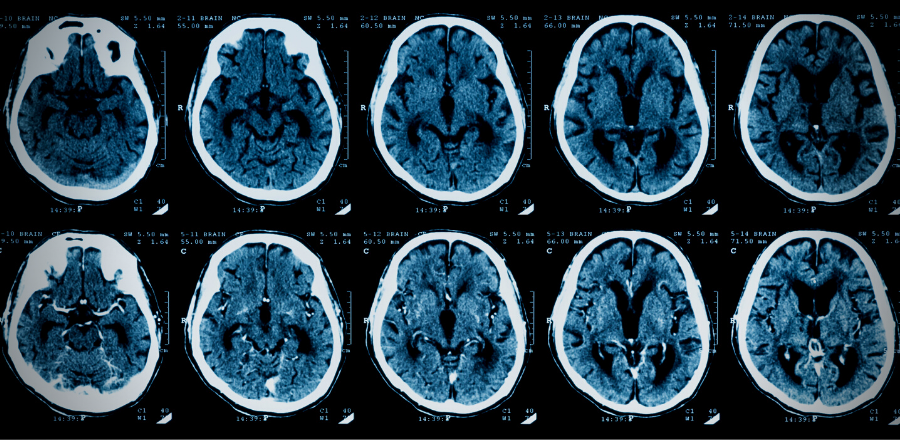China lockdowns behind iodinated contrast media shortage
Lockdowns in Shanghai, caused by the current outbreak of COVID-19, are behind the shortage of iodinated contrast media in Australia, according to The Royal Australian and New Zealand College of Radiologists.

Lockdowns in Shanghai, caused by the current outbreak of COVID-19, are behind the shortage of iodinated contrast media in Australia, according to The Royal Australian and New Zealand College of Radiologists.
Australia gets most of its supplies of iodinated contrast media (contrast) from GE Healthcare, whose manufacturing plant in Shanghai is currently being affected by COVID-19 lockdowns, according to the Royal Australian and New Zealand College of Radiologists (RANZCR).
Omnipaque and Visipaque, regularly used to enhance CT and other imaging methods, are manufactured by GE Healthcare.
RANZCR said it was liaising with the Therapeutic Goods Administration (TGA) which is seeking alternative supplies of contrast to address the shortfall. Updates can be found on the TGA website.
Due to the very limited supply of contrast in Australia, the TGA is recommending urgent conservation of contrast stock until the shortage is resolved.
It said GE Healthcare notified the TGA of a shortage of multiple presentations of both Omnipaque and Visipaque ‘due to reduced manufacturing capacity and freight delays caused by the recent unexpected COVID-19 lockdown in Shanghai, China.’
RANZCR said medical practitioners considering referring a patient for a CT scan during this time should consult with a radiologist for advice on alternative imaging methods or other strategies that could be used to diagnose and manage their patients.
A RANZCR statement offers strategies to conserve supplies and manage patient care, as recommended by the America College of Radiologists (ACR) Committee on Drugs and Contrast Media.
When injected into the body, contrast enables a radiologist to see what is happening inside the hollow parts of the body, including blood vessels, stomach, bowel or even the fluid around the spinal cord, providing valuable diagnostic information. It is typically used in more than 50% of CT imaging.
GE Healthcare has told the TGA it expects to resume normal supply in mid-June 2022.
Inside Radiology, a website developed by RANZCR, provides information about the use of contrast for patients and health professionals.



